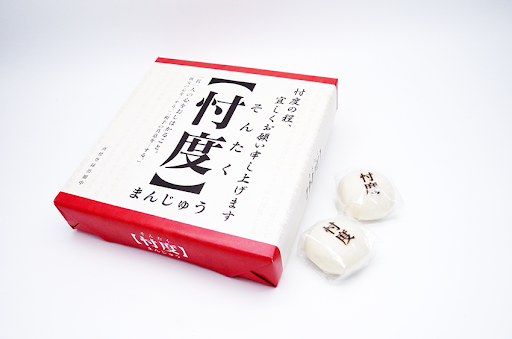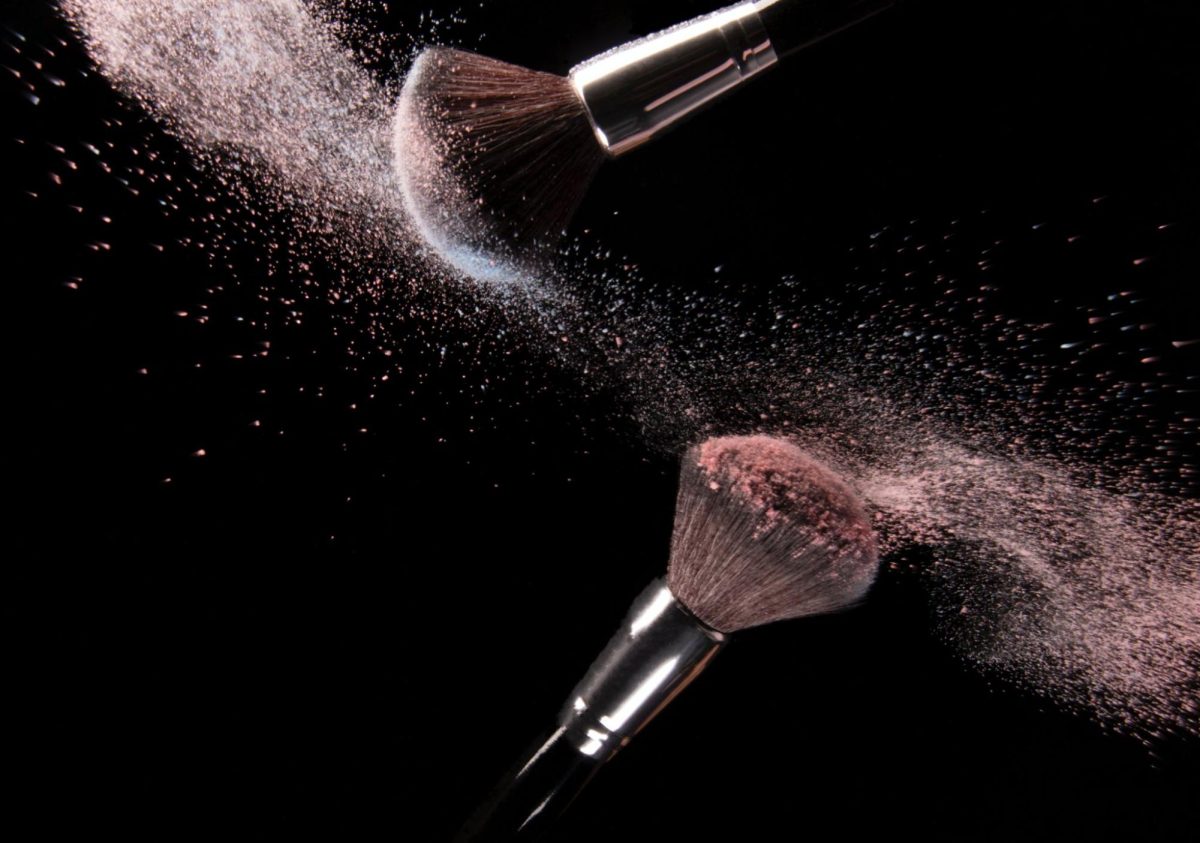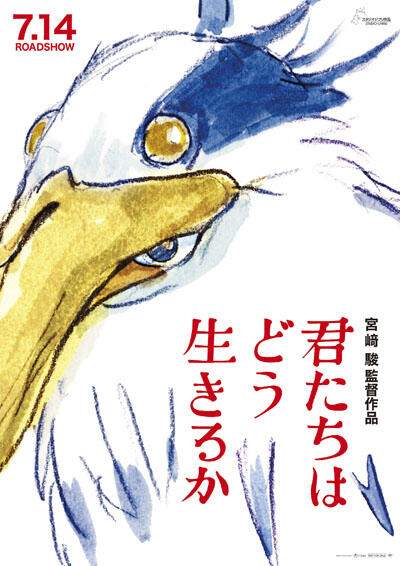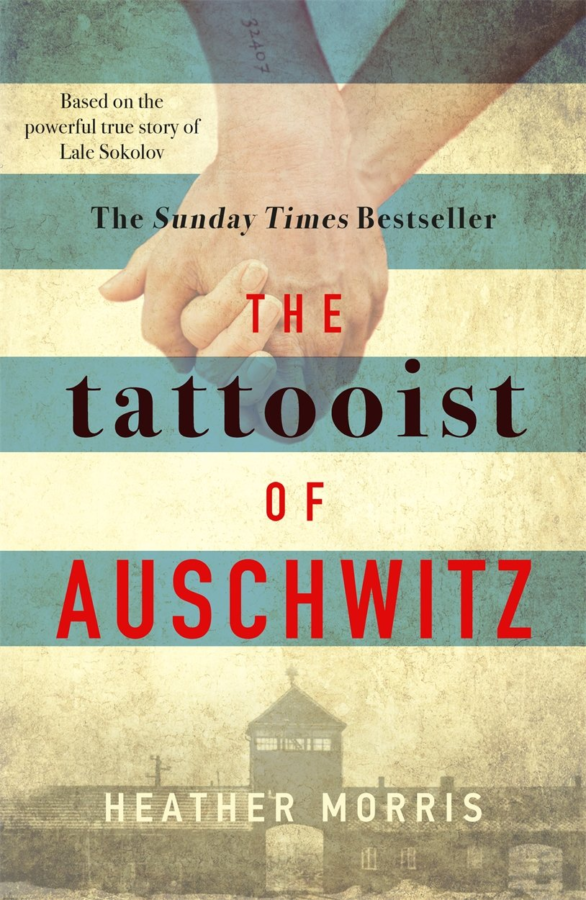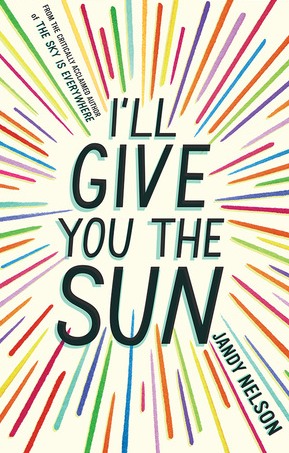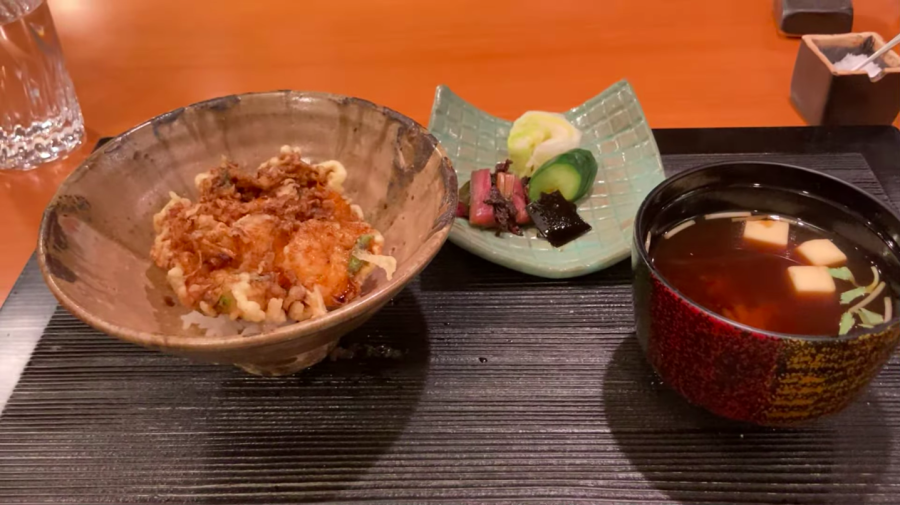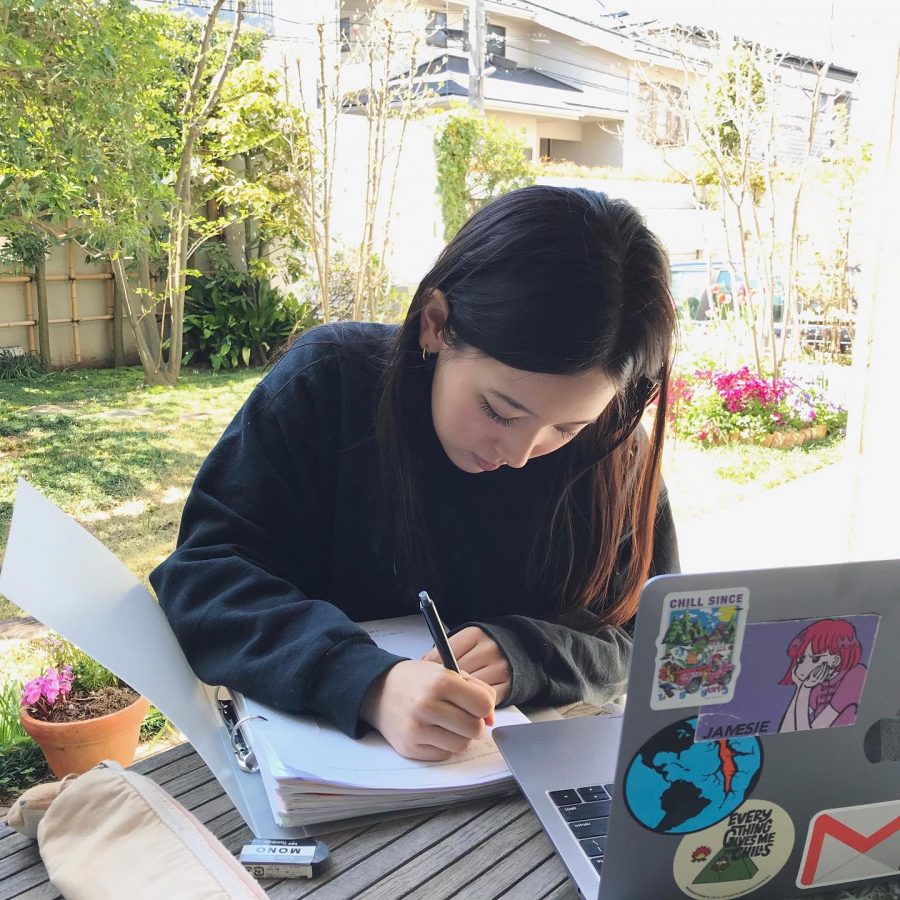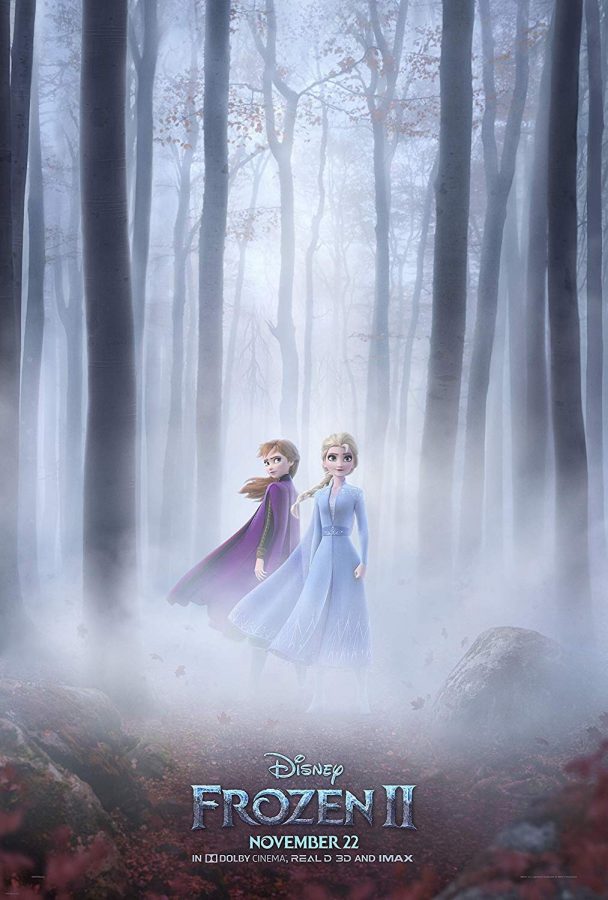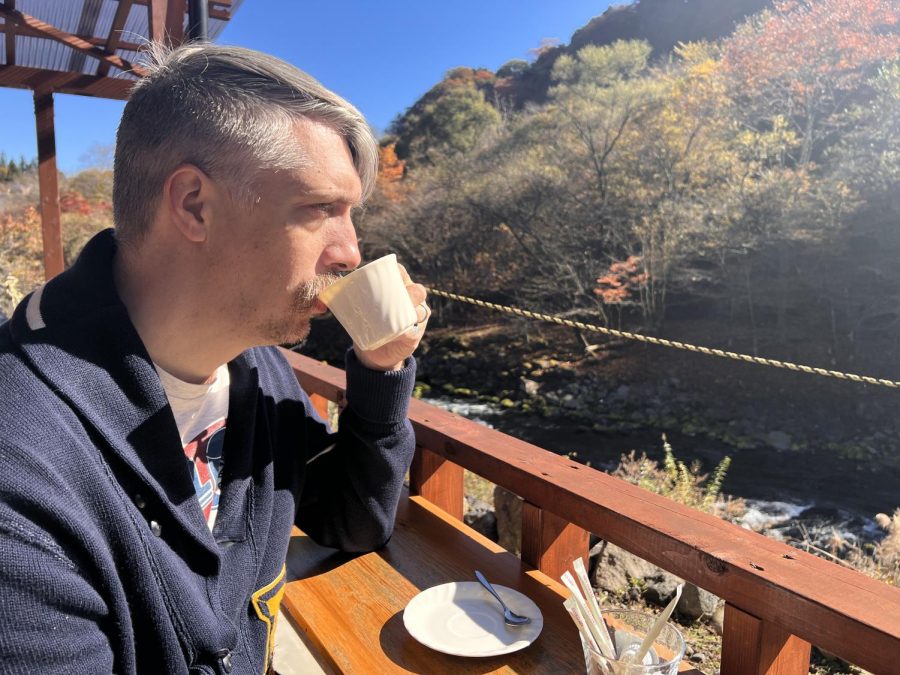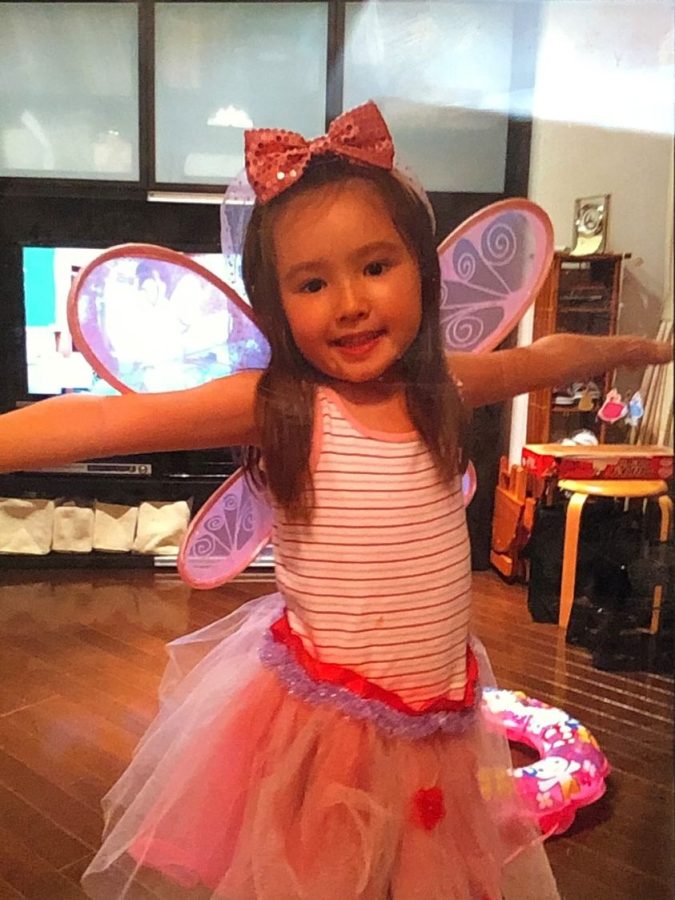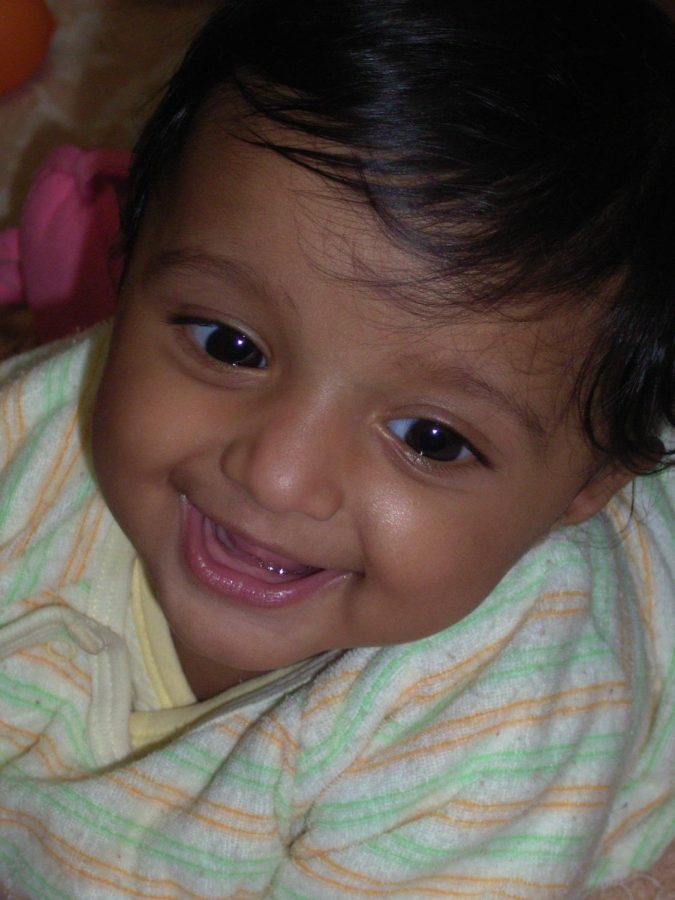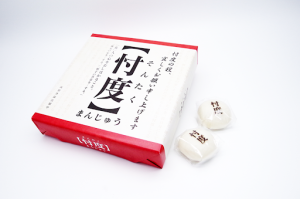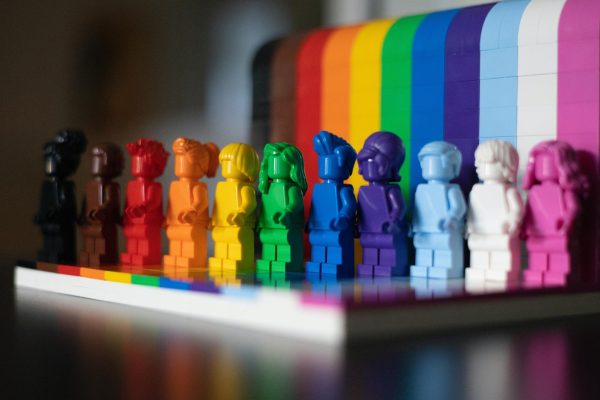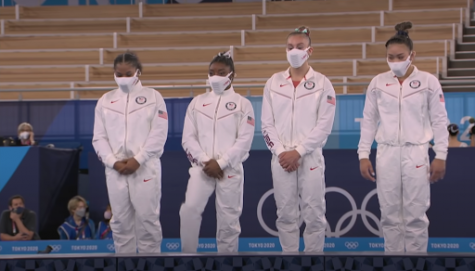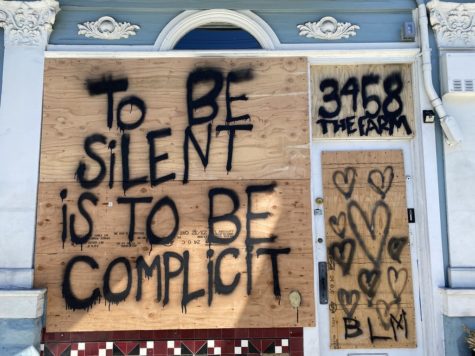Yami-kawaii: the romanticization of suicide in Japan

November 29, 2018
It has been almost a year since popular American video blogger, Logan Paul, posted a video of a dead body in the Aokigahara forest. Although the public backlash against the incident has since declined, suicide is still a serious issue in Japan. In 2003, the Cabinet Office reported that Japan had the highest suicide rate amongst all G7 countries, with an annual death rate of around 32,000 people. Through the government’s support for suicide prevention, the number of suicide deaths in Japan fell to 21,897 in 2016, the lowest level in 22 years; however, suicide is still the leading cause of death amongst young adults from 15 to 39.
There are many factors as to why suicides amongst Japanese teenagers are increasing, the leading ones being bullying and academic pressure. According to a 2017 report from the Ministry of Health, Labour, and Welfare (MHLW), about one-third of underage citizens committed suicide due to academic issues. Yet, there is one overlooked factor that contribute to teenage suicide: the gloficiation of suicide, misleading teenagers to believe that suicide is honorable.
While in most countries, suicide is considered as a heartbreaking act, Japanese society portrays it differently. In fact, in previous centuries, suicide was considered honourable in Japan. One example is seppuku, a ritual suicide by which a samurai stabs his stomach with a short sword when he chooses to die with honour to avoid disgrace. Another example is the kamikaze attacks during World War II, where airplanes were flown in a suicidal crash to attack their enemy. Both seppuku and kamikaze attacks followed the Bushidō code, where individuals prefered to die with honour rather than to live with shame. This portrayal of suicide in Japanese history and Bushidō ideals leads teenagers to justify and glorify suicide.
Another example of how Japanese society defends suicide is in novels, anime, comics, and films. The way suicide is described in Japanese fiction can mislead people to believe that it is something tragically beautiful and honourable, without mentioning its gruesomeness. For example, in the book Nami no Tou by Seichō Matsumoto, suicide is portrayed as romantic. At the end of the book, Yoriko, the suicidal heroine, runs to Aokigahara to commit suicide peacefully. This book led people to associate Aokigahara with suicide, which turned Aokigahara to a famous suicide site that Logan Paul visited.
The Dark Side Of Harajuku Style You Haven’t Seen Yet is a short documentary explaining the yami-kawaii subculture in Harajuku. Yami-kawaii is Japanese slang for “sickly-cute”, which is becoming a popular fashion trend amongst teenagers. Yami-kawaii fashion is made up of pastel colors and cute characters, and darker subjects such as suicide and self-harming. Yami-kawaii fashion includes suicide ropes, fake guns, pills, utility knives, and bandaids to express the dark feelings Japanese teenagers share. Masaka Ogura, a Japanese stylist working in i-D magazine, describes yami-kawaii as “a new trend for girls to get attention and to feel like they belong to a group.” Although people describe this fashion trend as a form of therapy for teenagers, yami-kawaii fashion is also glorifying and misrepresenting suicidal behaviors and depression as something cute.
There is a difference between glorifying suicide and spreading awareness of suicide. Using suicide ropes as decorations in your room is not spreading awareness; romanticizing suicide in novels is not spreading awareness; to draw illustrations of a cute suicidal heroine who is self-harming is not spreading awareness. It is only justifying and glorifying suicide.
Trends like yami-kawaii seem to be breaking the silence on suicide in Japan, but it may also be distorting the problem. Instead of romanticizing suicide as beautiful and tragic, Japanese society must consider alternatives to addressing this major issue which affects thousands of teens across Japan.




